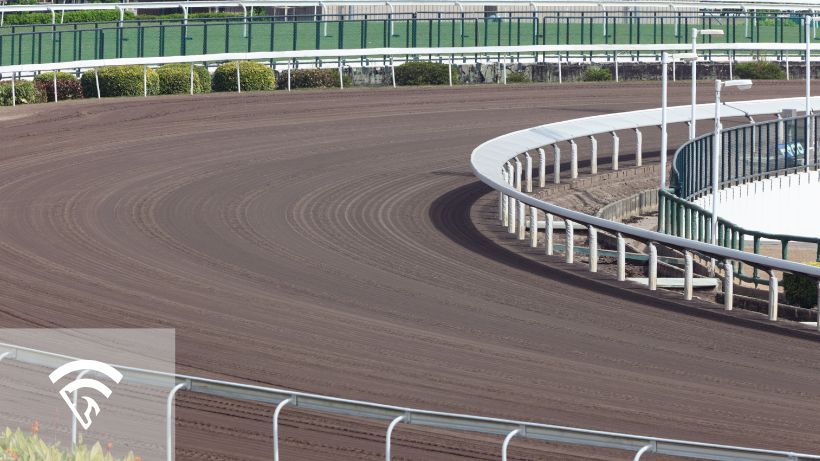What is Track Bias?
Track bias refers to the tendency of a racing surface to favor certain running styles, post positions, or paths on the track, influencing the outcome of races. Factors like track condition, weather, maintenance practices, and surface type (dirt, turf, synthetic) can all contribute to track bias.
How Does Track Bias Affect Racing?
Track bias can significantly influence a horse's performance. For example, a speed-favoring bias benefits front-running horses that maintain an early lead, while a closer bias favors horses that rally late. Additionally, some tracks may develop a bias toward inside or outside paths, making certain lanes faster or slower than others.
Weather conditions, such as rain, can dramatically change track surfaces, altering biases from race to race or even within the same racing day. Consistent monitoring of conditions and results is essential for identifying biases as they emerge.
Why Is Understanding Track Bias Important?
Understanding track bias allows handicappers to more accurately predict race outcomes. Recognizing a bias can help bettors determine which horses may have a hidden advantage or disadvantage, ultimately leading to more strategic wagering decisions.
How to Use Track Bias in Handicapping
- Monitor Race Results: Regularly observe races to detect any emerging biases.
- Consider Surface Conditions: Assess how weather or track maintenance affects biases.
- Match Bias to Running Style: Identify horses whose running style aligns with the current track bias.
Conclusion
Being aware of track bias is a powerful tool in horse racing handicapping. EquinEdge provides advanced analytics and insights, making it easier to identify and leverage track biases. Ready to enhance your betting strategy? Sign up today and gain a competitive edge.
